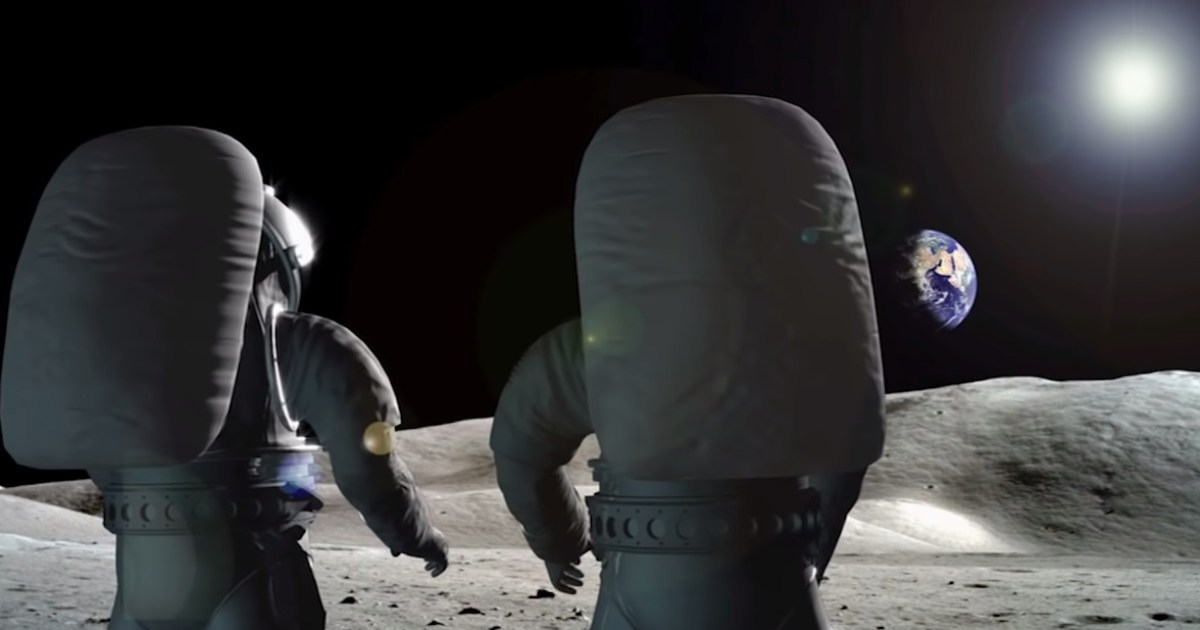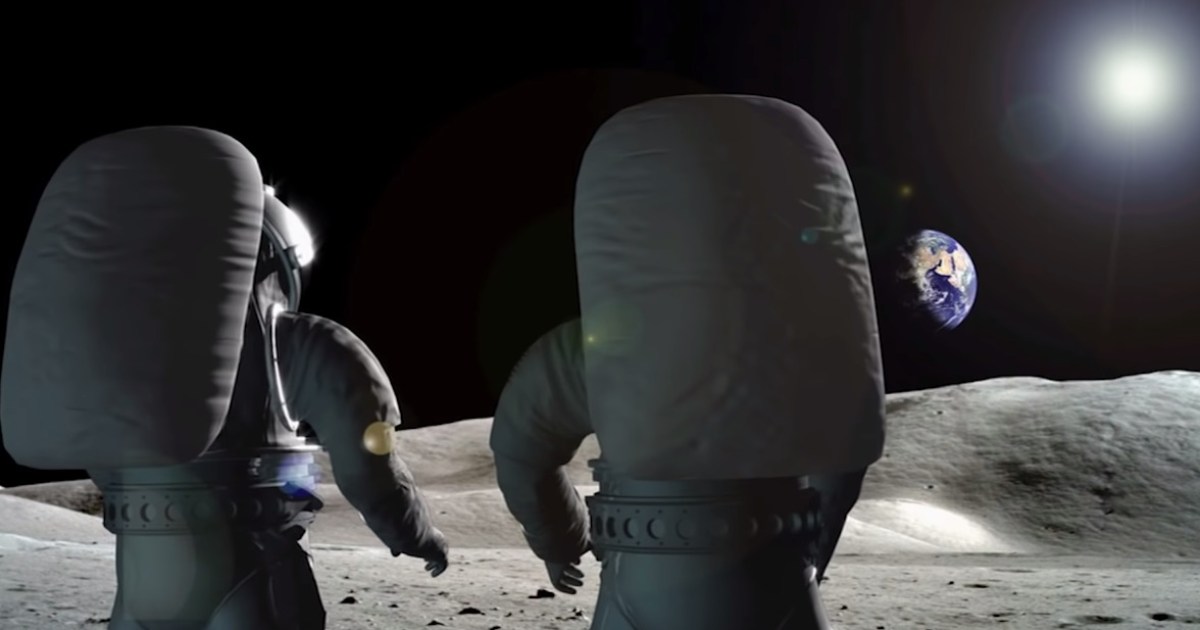
NASA has delayed its plan to send four astronauts on a flyby of the moon in the Artemis II mission in November, announcing that it will now take place no earlier than September 2025.
In the same announcement made on Tuesday, NASA chief Bill Nelson said that the first crewed landing, originally planned for 2025 as part of Artemis III, will now launch in September 2026 at the earliest.
“As we remind everybody at every turn, safety is our top priority,” Nelson told reporters during a teleconference on Tuesday. “To give Artemis teams more time to work through the challenges with first-time developments and integration, we’re going to give [them] more time on Artemis II and III.”
The NASA chief added that Artemis IV, which will also involve a crewed lunar landing, remains on track for September 2028.
The delays won’t come as a huge surprise to those who have been following developments over the last couple of years.
Despite a largely successful Artemis I mission in 2022 that tested NASA’s new Space Launch System rocket and sent an uncrewed Orion spacecraft on a flyby of the moon, irregularities were found with the spacecraft’s heat shield caused by its high-speed reentry into Earth’s atmosphere, so engineers are currently working on putting this right. NASA teams are troubleshooting a battery issue on the Orion, too, and addressing challenges with a circuitry component responsible for air ventilation and temperature control.
The delay also gives Axiom Space more time to develop the next-generation spacesuits for the missions and SpaceX the ability to build and test its Starship HLS lander that will put the Artemis III and IV astronauts onto the lunar surface. Artemis IV will be the first mission to utilize the yet-to-be-built Lunar Gateway, a facility that will travel in lunar orbit and serve as a hub for science research, as well as a stopping-off point for astronauts heading to and from the moon.
Indeed, NASA also said on Tuesday that it is reviewing the schedule for launching the first integrated elements of the Gateway, previously planned for October 2025, to offer additional development time and to allow its launch to better align with the Artemis IV mission in 2028.
While NASA’s news will come as a disappointment to space fans, delays like this are not uncommon when it comes to such complex missions.
On the upside, NASA is clearly intent on pushing ahead with the Artemis program, which has a long-term goal of establishing a moon base for extended crewed stays. Astronauts based there will examine previously unexplored parts of the lunar surface and prepare for the first crewed mission to Mars, which could lift off from the moon. NASA is targeting the 2030s for that mission, but don’t be surprised if delays hit that one, as well.
Editors’ Recommendations
Services Marketplace – Listings, Bookings & Reviews
